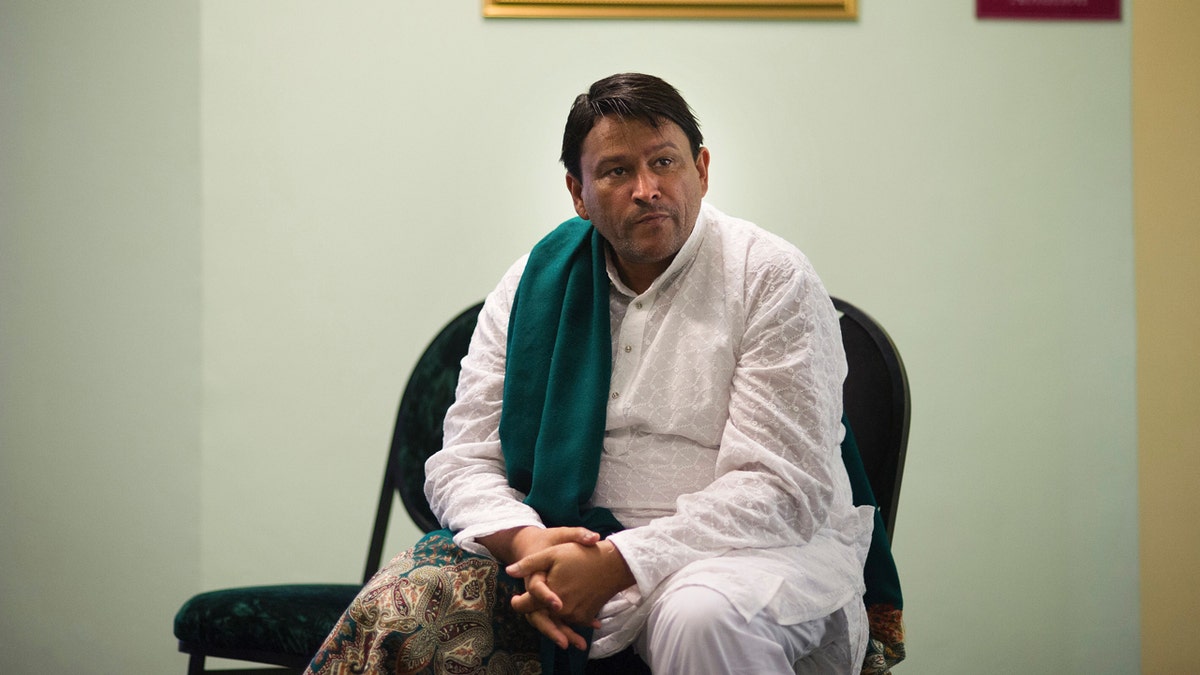Did Adolf Hitler, the failed artist, truly believe a picture held the power of a thousand words? His directive to Nazi agents to unearth and obliterate Jan Matejko's masterpiece, "The Battle of Grunwald," suggests he did. This 1878 painting immortalized the Polish victory over the Teutonic Knights in 1410, a symbol of Polish resistance against Germanic dominance.
Even as neighboring Ukraine battles for its survival, with countless refugees seeking sanctuary across the Polish border, Poland designated 2023 as the Year of Jan Matejko. This decision underscores the enduring relevance of Matejko's art, which embodies the universal quest for national identity and liberation from external control. His monumental canvases, often sourced from Paris, depict pivotal moments in Polish history, igniting patriotic fervor and bolstering the unwavering pursuit of national sovereignty.
Ukrainian President Volodymyr Zelenskyy recently engaged with Matejko's legacy during a visit to Warsaw's Royal Castle. He contemplated "Stephen Bathory at Pskov," a painting portraying King Bathory's triumph over Russia in 1580. The image of Ivan the Terrible's emissaries bowing before Bathory resonated deeply, conveying the message that Russia's defeat is attainable.
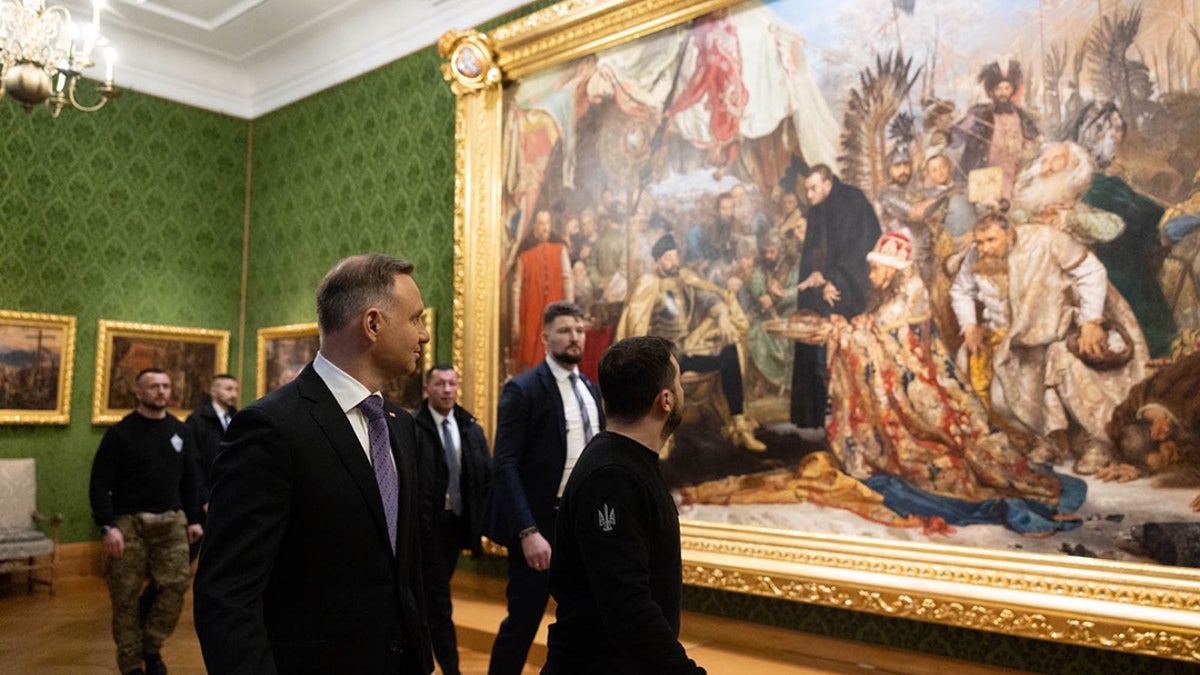
Zelenskyy at the Royal Castle in Warsaw, reflecting on Matejko’s "Stephen Bathory at Pskov." (Kancelaria Prezydenta RP, Jakub Szymczuk)
While a revered figure in Poland, Jan Matejko remains relatively unknown in the West. Born in Krakow in 1838, during Poland's partition under Prussian, Russian, and Austro-Hungarian rule, Matejko's heritage was diverse. His father, a Czech musician, married a woman of German descent, and they instilled a profound love for their adopted homeland in their children. This patriotism fueled young Jan's artistic journey to resurrect eight centuries of Polish history through his paintings.
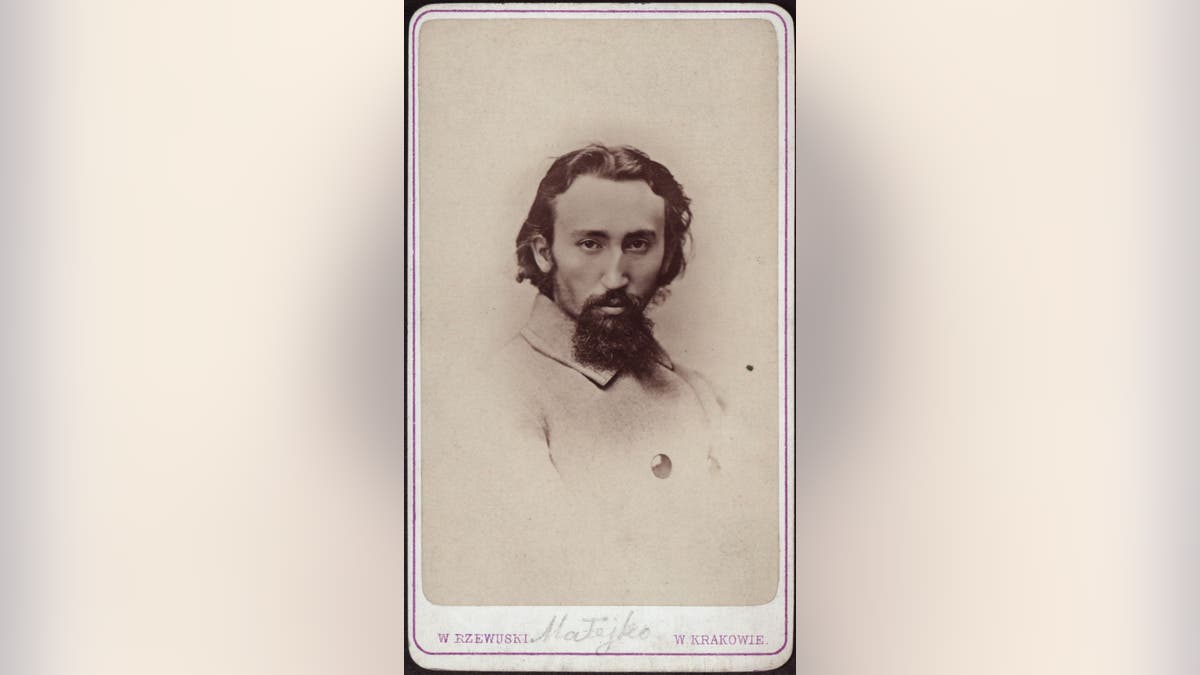
Portrait of Jan Matejko (1838-1893), circa 1880. (Photo by Fine Art Images/Heritage Images via Getty Images).
Matejko's artistic prowess garnered early European recognition, leading to his appointment as head of the Krakow School of Fine Arts. With newfound resources and fame, he embarked on a mission to restore Poland's prominence on the European stage. His prolific output includes over 320 canvases, each capturing a significant historical event, such as "The Baptism of Poland," "Sobieski at Vienna," "Constitution of May 3, 1791," "Kosciuszko at the Battle of Raclawice," and "Astronomer Copernicus or Conversations with God."
"The Baptism of Poland" depicts the pivotal moment in 966 AD when Mieszko I, embracing Christianity, had himself and his court baptized. This event, marking the genesis of the modern Polish nation, is vividly portrayed by Matejko and can be admired at Warsaw’s Royal Castle.
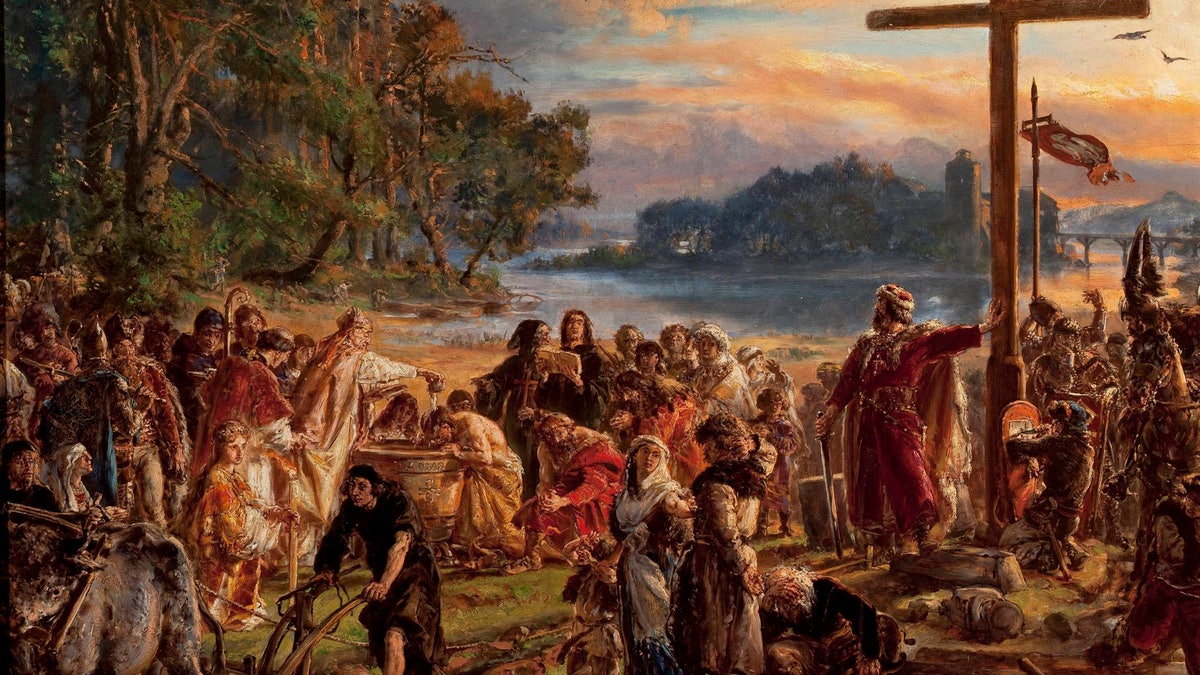
The Christianization of Poland, 966. (Photo by Fine Art Images/Heritage Images/Getty Images)
At the Vatican Museum, visitors can marvel at Matejko's monumental canvas depicting King Jan Sobieski's victory over the Ottomans at Vienna. This gift from the Polish nation to Pope Leo XII earned Matejko the title of Knight Commander with Star of the Order of Pius IX, acknowledging Sobieski's role in safeguarding Europe and Christendom.
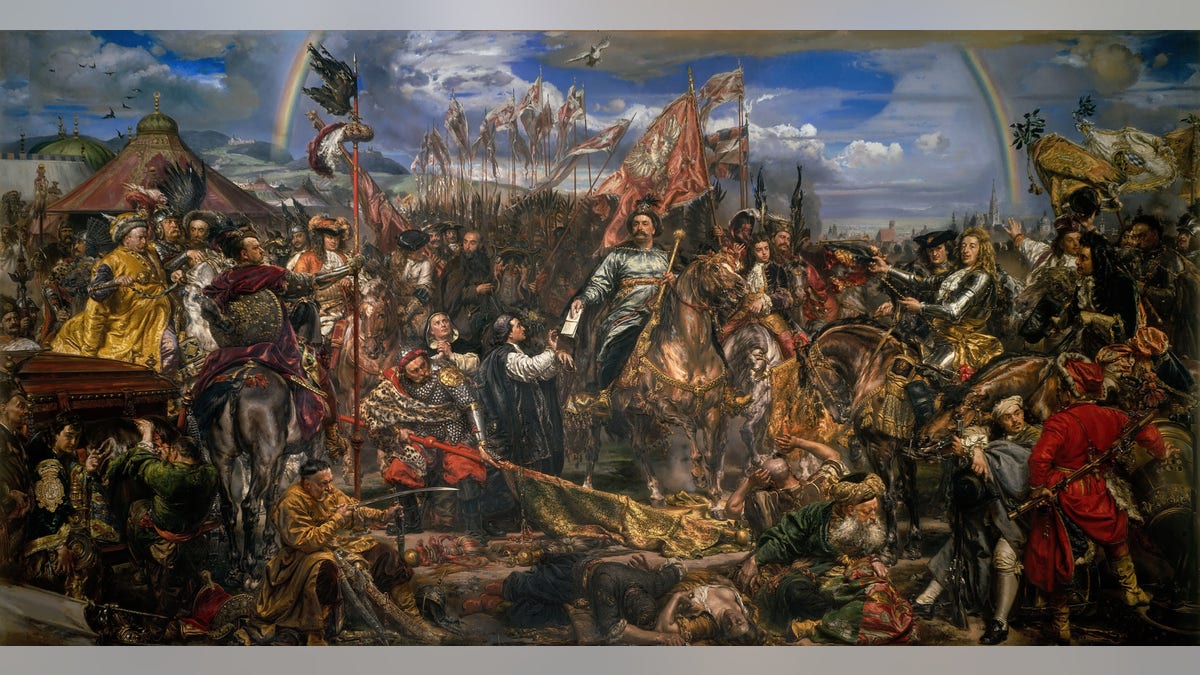
John III Sobieski sending message of victory to Pope Innocent XI. (Photo by Fine Art Images/Heritage Images/Getty Images)
Matejko's "Constitution of May 3, 1791" captures the jubilation surrounding Poland's adoption of its own constitution, a high point of the Polish Enlightenment. However, this embrace of democratic ideals was perceived as a threat by neighboring powers, leading to Poland's tragic partitions. To honor Poland's enduring pursuit of liberty, Matejko painted "Kosciuszko at the Battle of Raclawice," portraying Tadeusz Kosciuszko, a hero of both the American Revolution and Poland's own struggle, notably depicted in an American uniform.
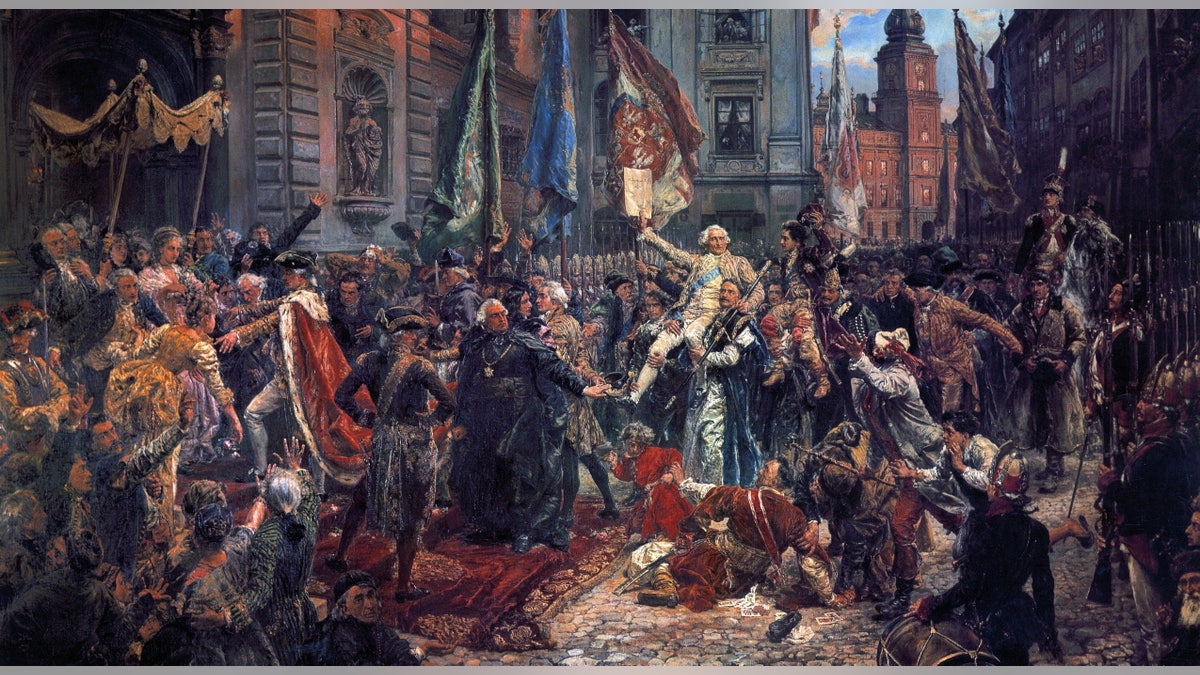
"Constitution of May 1791" by Matejko. (Photo by: Universal History Archive/Universal Images Group via Getty Images)
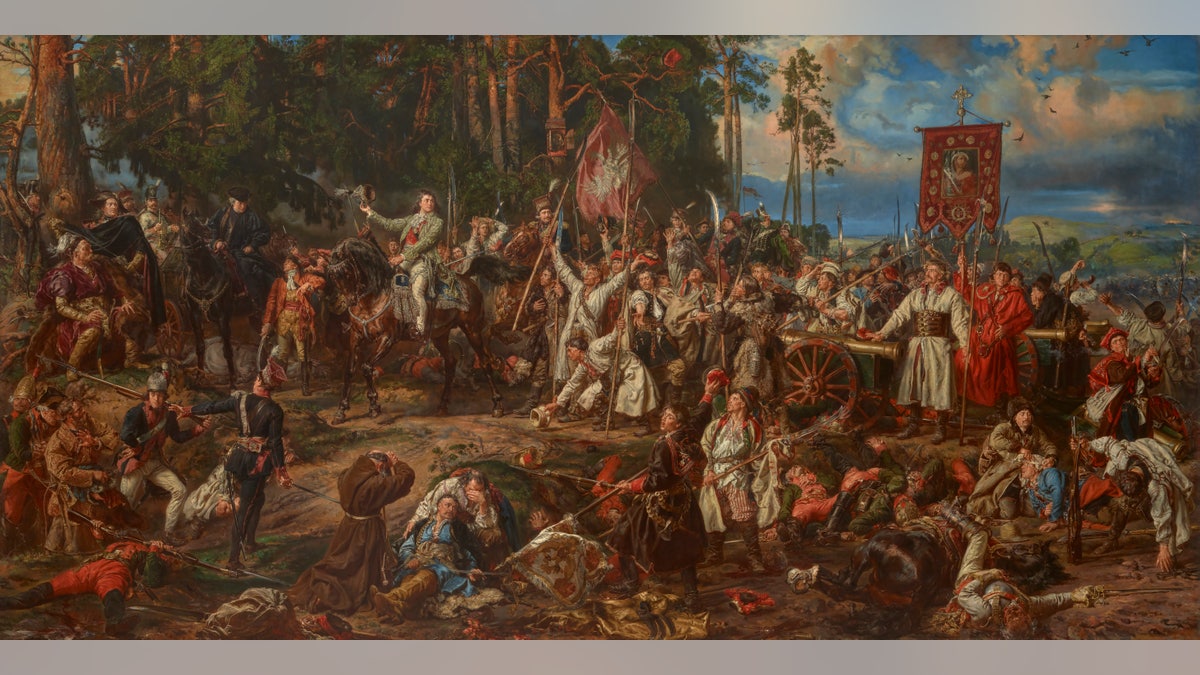
Tadeusz Kosciuszko after the Battle of Raclawice. (Photo by Fine Art Images/Heritage Images via Getty Images)
"Copernicus or Conversations with God," showcasing the Polish astronomer Nicolaus Copernicus giving thanks for his understanding of the solar system, exemplifies Matejko's national pride. This painting, part of the Jagiellonian University collection in Krakow, celebrates the man who revolutionized astronomy and ushered in the Age of Enlightenment.
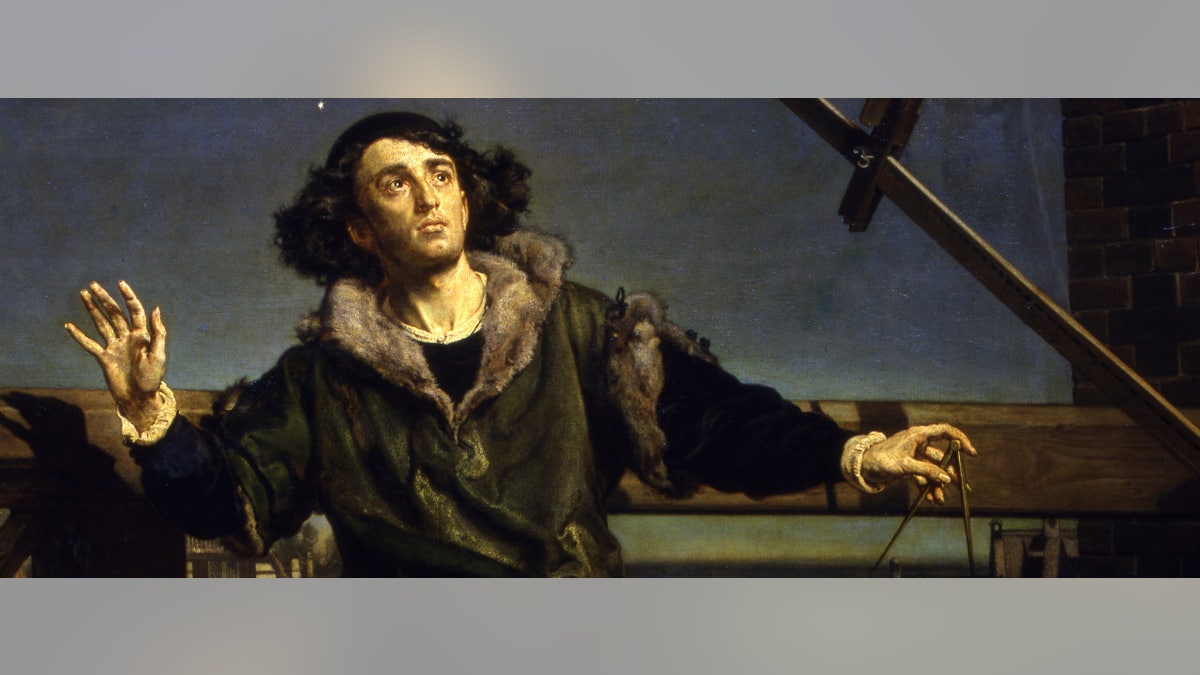
Nicolaus Copernicus painting 'a conversation with God.' (Courtesy: Ze zbiorów Muzeum UJ/Jagiellonian University Museum Collections. Licencjia: CC BY 4.0 Uznanie autorstwa 4.0.)
Matejko meticulously recreated the visages of 44 Polish monarchs, utilizing historical accounts and artifacts. These iconic images are ingrained in Polish culture, appearing in educational materials, stamps, and even banknotes.
Jan Matejko's legacy as Poland's national painter, patriot, and champion of freedom endures in museums and the hearts of his compatriots. His art continues to inspire, reminding us of the power of national identity and the unwavering pursuit of self-determination.
As for Hitler's attempt to erase "The Battle of Grunwald," it was thwarted by courageous Poles who concealed the masterpiece during World War II. The painting, a testament to Poland's resilience, can now be viewed at the National Museum of the Royal Palace in Warsaw.
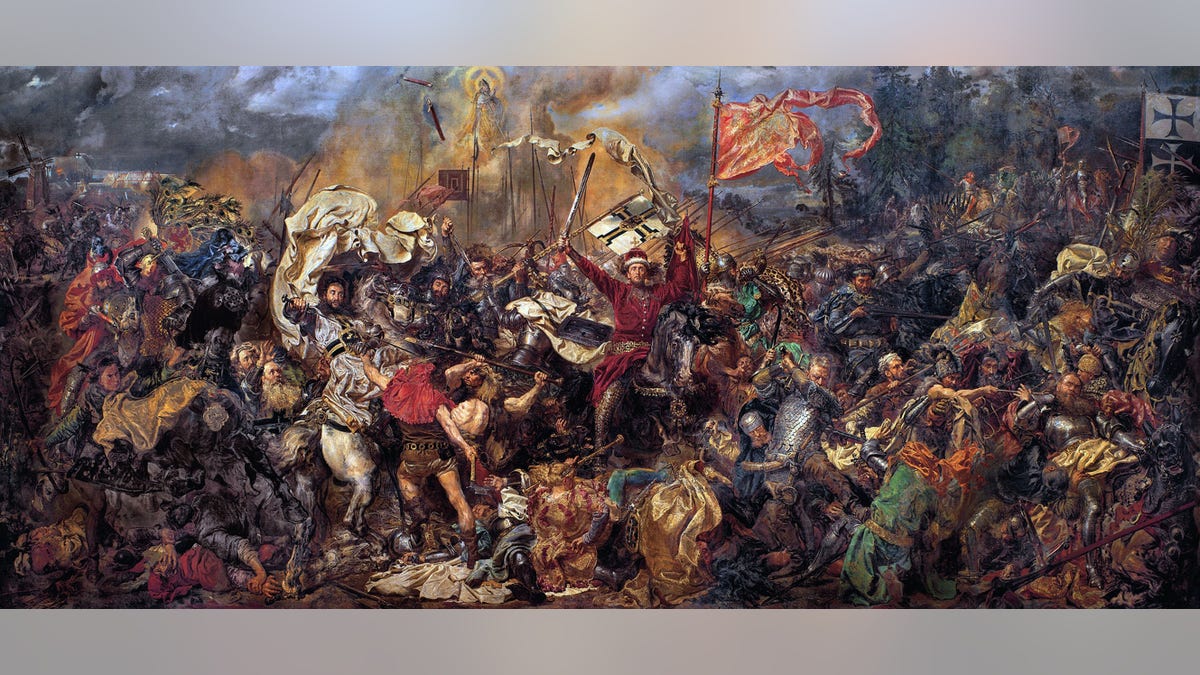
Battle of Grunwald, 1410, by Jan Matejko. ((Photo by: Photo12/Universal Images Group via Getty Images))



